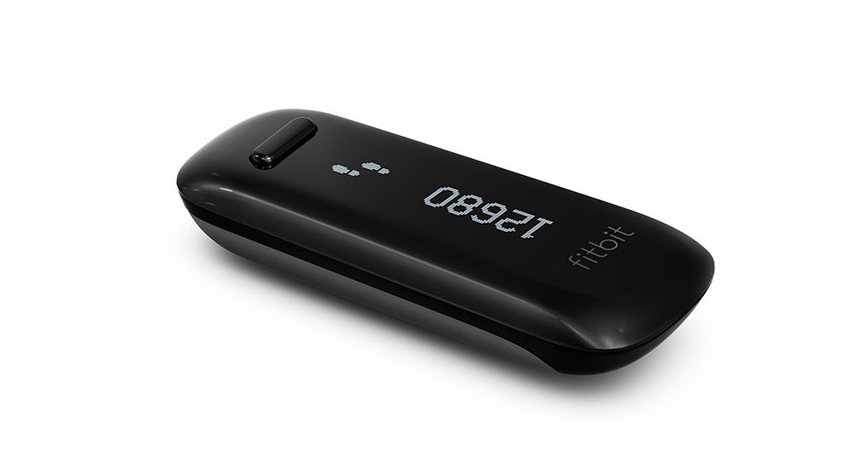The challenges wearable tech needs to overcome to succeed
ARM's looking to outmuscle the competiton
TRP: How well positioned is ARM to offer CPUs for different types of wearables?
NH: We're in most wearable devices in the marketplace today and are in a reasonably good position in that we have a huge range of processor solutions in the marketplace.
People are experimenting - they're trying anything from very simple sensors on a band all the way up to putting a smartphone on the wrist.
We span that entire gap and many solutions in-between that space too so for us, in terms of processor technology that's available today, it's now a case of focusing in on and really engineering to different use cases.
TRP: Does the breadth of ARM's portfolio put the company in a strong position to meet wearable manufacturers' needs?
NH: Yes it does - particularly when it comes to sensors in devices, which always need to be on. For example, if I'm looking at a pedometer, such as the Fitbit One, I'm trying to capture steps so it needs to be running all of the time.
The processor that sits alongside that needs to use absolutely minimal, minuscule power consumption because it's always on.
Are you a pro? Subscribe to our newsletter
Sign up to the TechRadar Pro newsletter to get all the top news, opinion, features and guidance your business needs to succeed!
However, once the user starts to interact and wants to see that data presented to them, then of course you fire up continually changing states using a faster processor all the way up to the super end of power consumption used to deliver a service and experience.
You're continually going backwards and forwards between those states, and states in-between too.

State of control
TRP: How importance is the software that controls these states?
NH: It's very important in two areas. Designing processors is an expensive business, as is designing a system-on-a-chip (SoC). I can spend tens of millions of dollars designing a new processor or SoC to get a 10 per cent reduction in power consumption.
Similarly, I can achieve that in a matter of weeks with well-crafted software. That's what I mean about looking at software specifically for use cases.
So that's one element of it. Another is the intelligence and software that manages use cases and which parts of the system need to be powered in what state. What performance level do I need to just show some steps on a display, for example? Or how about full web-browsing?
At ARM, we're working on processors to fit the different use cases, and also the software and system elements around how you manage those power and performance profiles, in addition to how you manage the transitions between them. That's a key area for us.
Current page: Supply and demand
Prev Page Performance and power management Next Page Android Wear and APIs